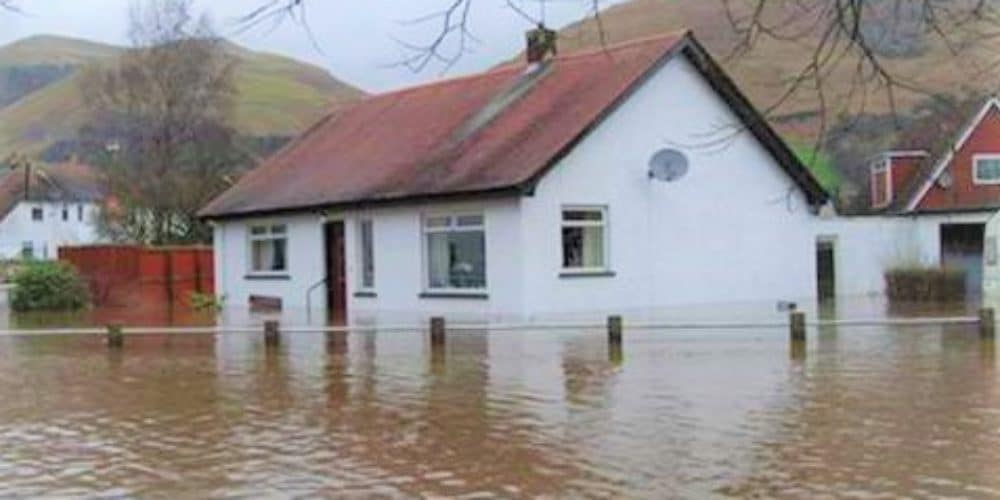
I look on Flood Risk Management as a jigsaw of many pieces, all working together to reduce the impact a flood can have. Having been flooded myself, I make no apologies for always focussing on our homes and businesses and what we can to do reduce our risk and recover more quickly.
Being flooded is an dreadful experience. I, and the many people I have talked to who have been flooded, all agree that it is the recovery from the flood that is worse than the flood itself. Whilst Government can build flood defences, experience has shown me, that they only reduce our risk of being flooded and not take it away. With the increased rainfall we have seen in recent years, they can overtop, or breech and we can still flood.
What can we do at a property level to reduce the impact a flood can have?
Being aware of our flood risk and knowing what to do if we receive a flood warning is very important. Moving our cars and belongings to a place of safety is an essential part of the Property Flood Resilience ‘toolkit’. Once that is done, we can focus on trying to keep the water out; in a lesser flood it is perfectly possible to do so. The following list of products (which is not exhaustive) can be installed to try to keep the water out and lessen the impact a flood can have.
- Kitemarked flood door or barrier
- Kitemarked self-closing airbricks or airbrick cover
- Non return valve to stop water from the drains entering your home of business, often via the toilet.
- If the flood water comes from underneath a sump pump is essential. A ‘puddle sucker’ type pump is useful; it can stand on the flood and pump water down to about 2mm.
It is important that the outside of your home or business is in good condition, as water will find it’s wicked way in through any weak spot, so make sure your mortar is in good repair and seal around any outlet pipe, or wire leaving the property.
Before thinking about fitting any flood risk reduction product, it is essential that you have a survey undertaken from a suitably qualified surveyor. Make sure they adhere to the newly launched CIRIA Code of Practice. (This is a Government and industry wide document, which lays out stringent guidelines to be followed, to make sure that the appropriate products are used and fitted to a high standard)
Many people focus on trying to keep the water out, but I believe it is more important that our homes and businesses are adapted to enable them to recover quickly if the floodwater does get in.
On average, people are displaced for about nine months after a flood but by making adaptations to improve a property’s ‘recoverability’, it is perfectly possible to reduce that down to not having to move out at all, or only for 24 hours or a handful of days! (Over the last year or so, I have talked to many people who have made adaptations and have told me this!) I made my former home flood resilient 20 years ago and can endorse this fact!
What types of adaptations can be made to speed up recovery?
Again, this is not an exhaustive check-list, but a useful point of reference:
- Waterproof plaster. There are various varieties to suite different types of properties. Or a Magnesium Oxide board (A type of waterproof plaster board) or for lesser floods, plaster board can be hung horizontally, so it was easily be replaced.
- Concrete floors covered with ceramic, porcelain, or stone tiles (using waterproof adhesive and grout.) Many of these look just like wood. Or even waterproof laminate look-alike flooring.
- Use a ‘closed cell insulation’ as that is water resistant
- Choose a solid wood, stainless steel, or plastic kitchen. Or there is an environmentally friendly flood resilient kitchen, made in Scandinavia
- A membrane system that allows the water to come through the walls and be channelled into a sump and then pumped out of the property.
For more real life case studies, to enthuse and inspire you, click on this link http://edition.pagesuite-professional.co.uk/html5/reader/production/default.aspx?pubname=&edid=659cb024-a5d5-4004-acbf-1d9236228817
Mary Dhonau OBE Hon DSc Hon RICS Hon FCIWEM
Chief Executive of the Know Your Flood Risk Campaign
